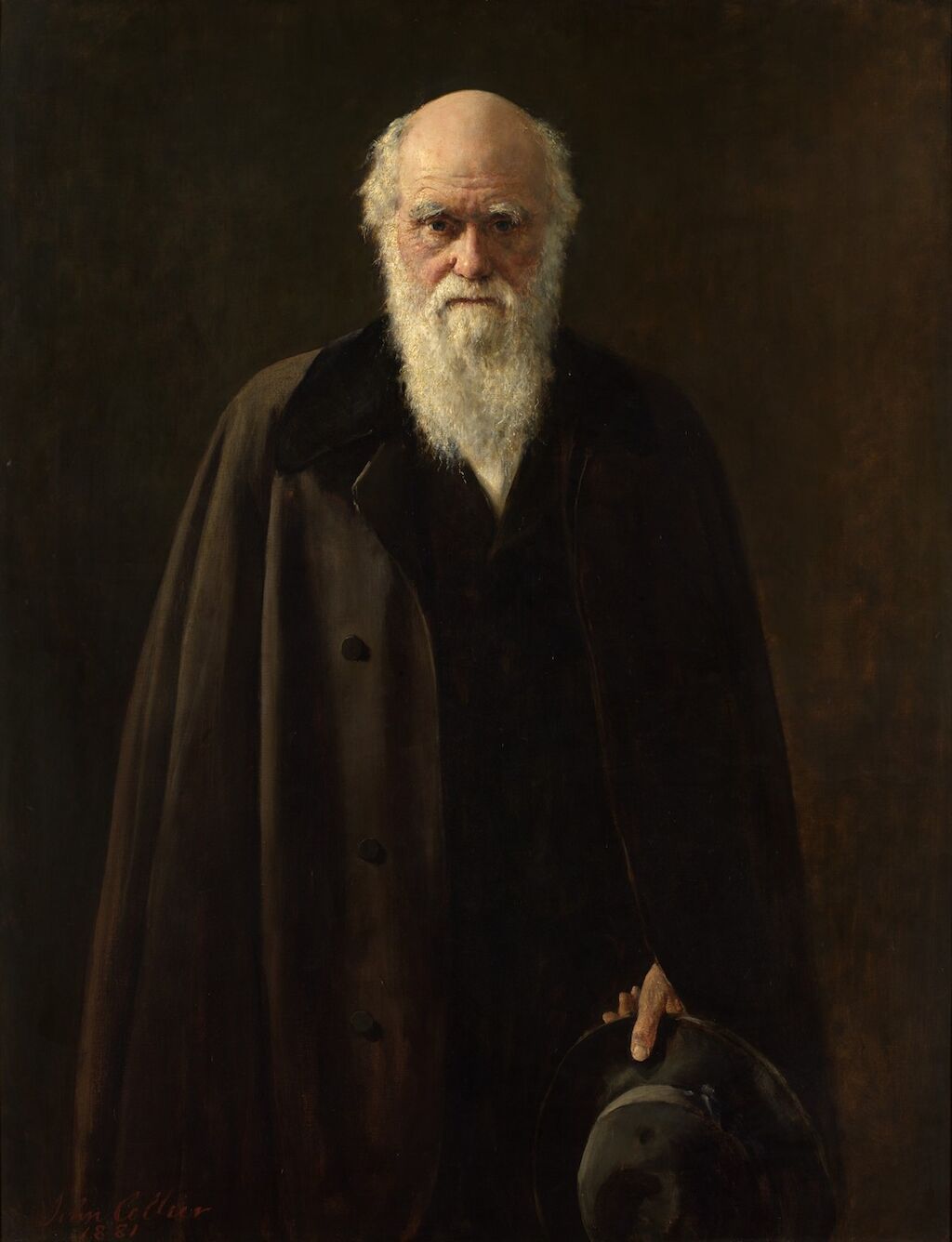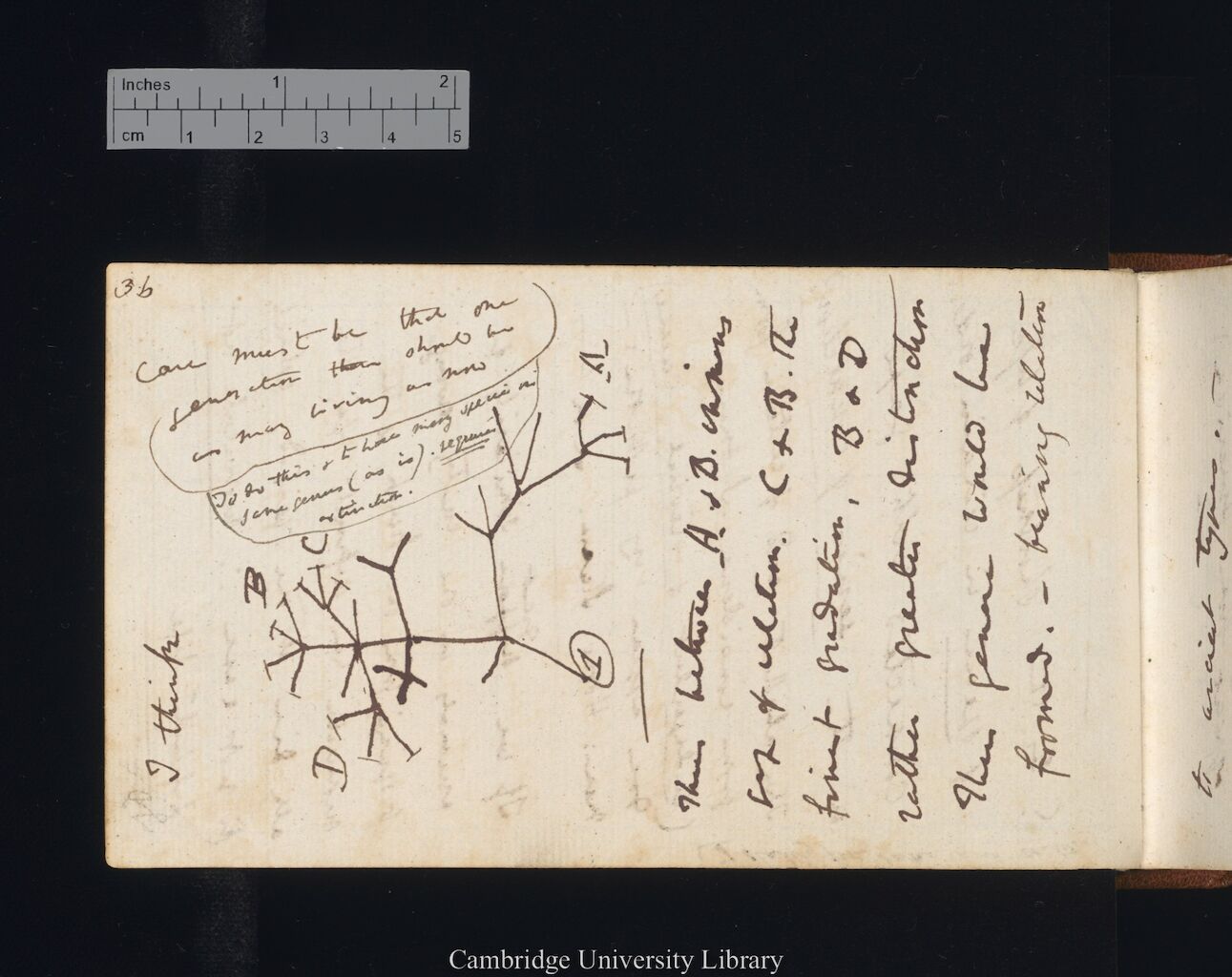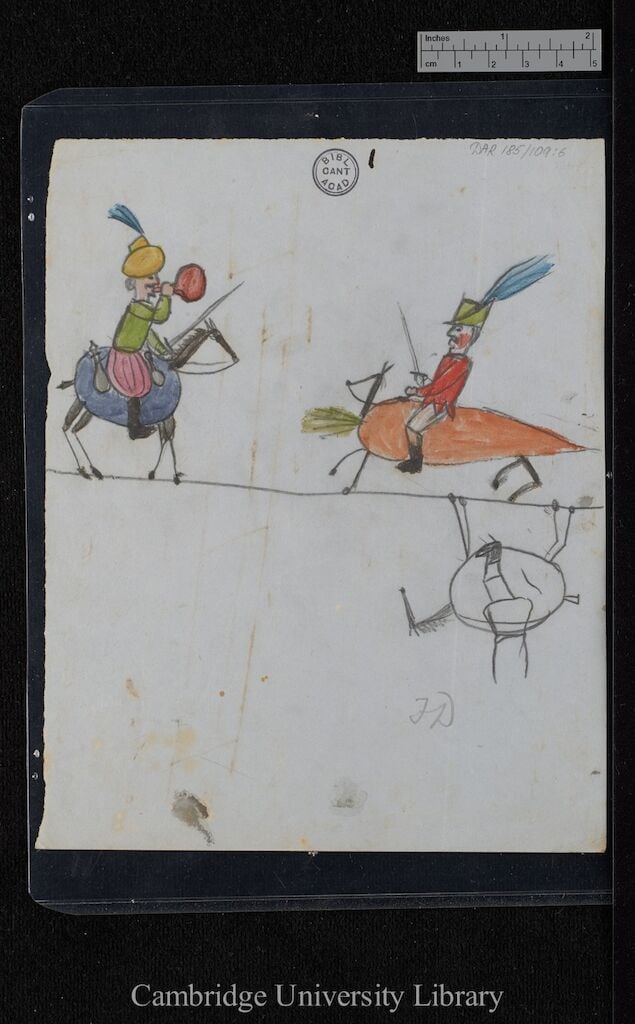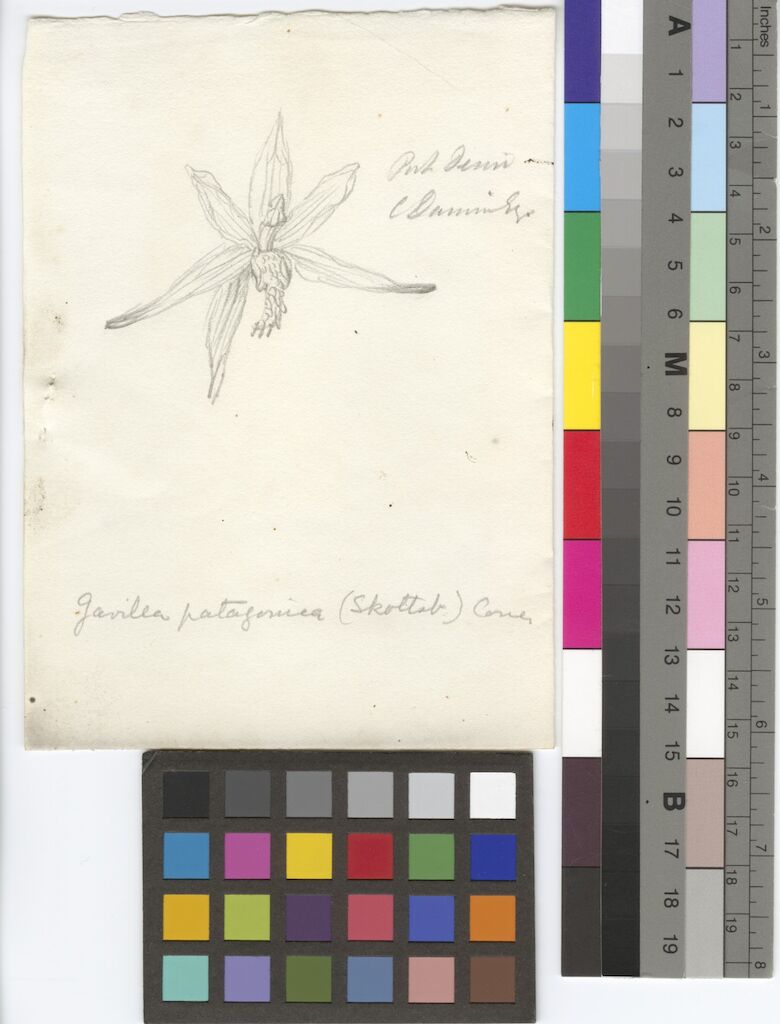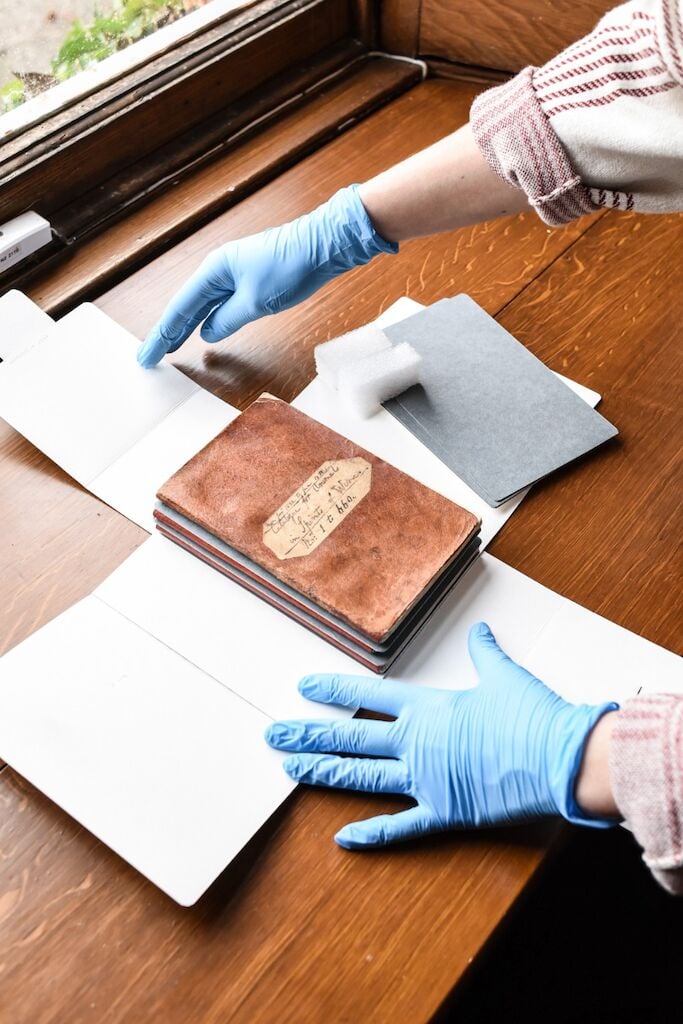Documentary heritage relating to the life and work of Charles Darwin
Darwin is one of the most significant, if not the most significant figure in the history of biology for many working today. His theory of evolution by natural selection is arguably the most influential scientific theory ever formulated, fundamentally transforming our view of nature and the place of humans in it.
Since its publication in 1859, Darwin’s theory has gradually become of central importance not only to biology and the other life sciences, but to many of the human sciences, and has proven inspirational across the humanities and the arts as well.
The Cambridge University Library, English Heritage's Down House, National Library of Scotland, Natural History Museum and The Linnean Society of London together hold a remarkable collection of documents that show Darwin’s working life in detail, how his theory was constructed, the information that he gathered from around the world to provide evidence for it, the people who collaborated with him, and the complex reception and controversies surrounding his work.
The collections are extremely large and comprehensive in scope and are also of unrivaled significance to the scientific community worldwide. Their richness of documentation, including rarity, integrity and provenance has been preserved by generations of the Darwin family with direct links to Darwin’s work and life from whom it was acquired.
Materials date from several generations before Darwin’s life, but most crucially document in great detail all of his early research on the Beagle voyage, his first speculations on species theory, and his extensive observations and experiments undertaken to substantiate and support the theory.

